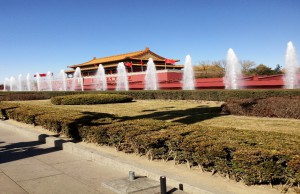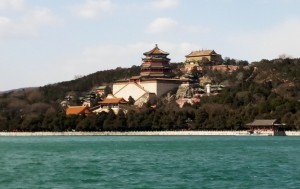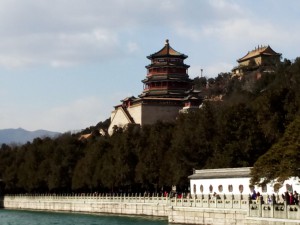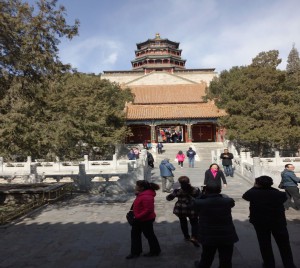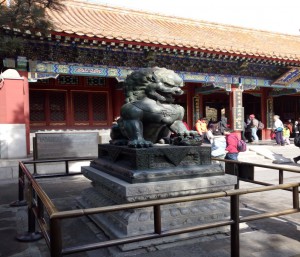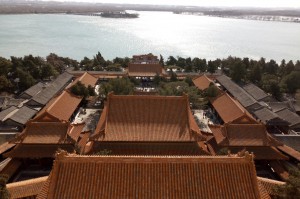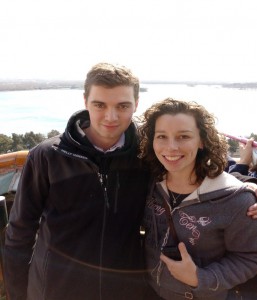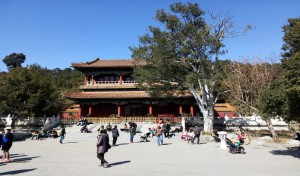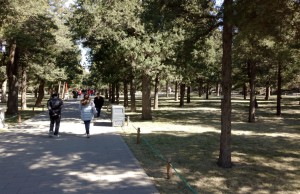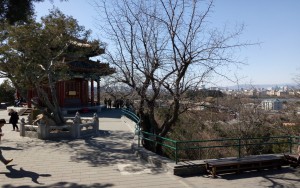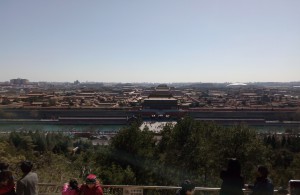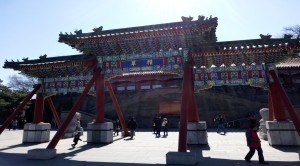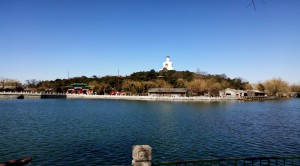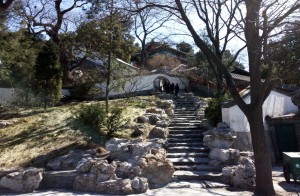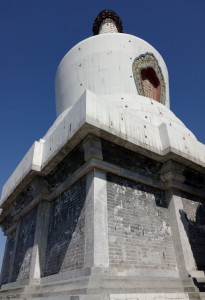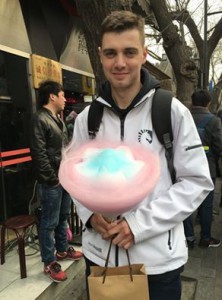“I did not tell half of what I saw, for I knew I would not be believed’’- Marco Polo.
China is a splendiferous country! Once you get over the sheer madness of the Beijing road system (the green man does not mean it’s safe to cross…) and no longer miss the halcyon European days when one could inhale gloriously clean air, it offers any would be adventurer a massive variety of places to discover.
One of the first locations I decided to wander elatedly too was the magnificent Summer Palace. It is dominated by Longevity Hill and Kunming Lake and covers about 2.9 square kilometres.
The ancient Chinese Dynasties seemed rather fond of large amounts of steps, they are a recurring feature in many of the locations I have visited…Usually once you have trudged up these with humble fortitude you are rewarded with amazing views!
UNESCO probably does a far better job of summing up the Palace than my vague and fluffy portraits could ever hope to do; “a masterpiece of Chinese landscape garden design. The natural landscape of hills and open water is combined with artificial features such as pavilions, halls, palaces, temples and bridges to form a harmonious ensemble of outstanding aesthetic value”.
Curiously despite being a truly gargantuan urban metropolis, Beijing has many lakes and parks located within its boundaries. Beihai and Jingshan are two such examples!
Jingshan Park can trace its origins back almost a thousand years to the Liao and Jin Dynasties. However, it’s focal point the 46 metre artificial hill which dominates the park was constructed during the Ming Dynasty from the soil excavated during the construction of the Forbidden Cities moats. As it is situated directly across from the Forbidden City, it offers absolutely spectacular elevated views. Only after you have gone up the steps however…
Beihai Park started its history in 1179, when the Jin Emperor Zhangzong built a retreat northeast of the Jin capital. The park is dominated by the White Dogoba situated in the centre of the lake on Jade Flower Island. It also contains several renowned Buddhist temples (and more steps). In the Winter the lake freezes over and is used as a giant ice rink.
Anyway that is probably enough incoherent ramblings for one blog post! Until next time, Stay Frosty.
Dave.

